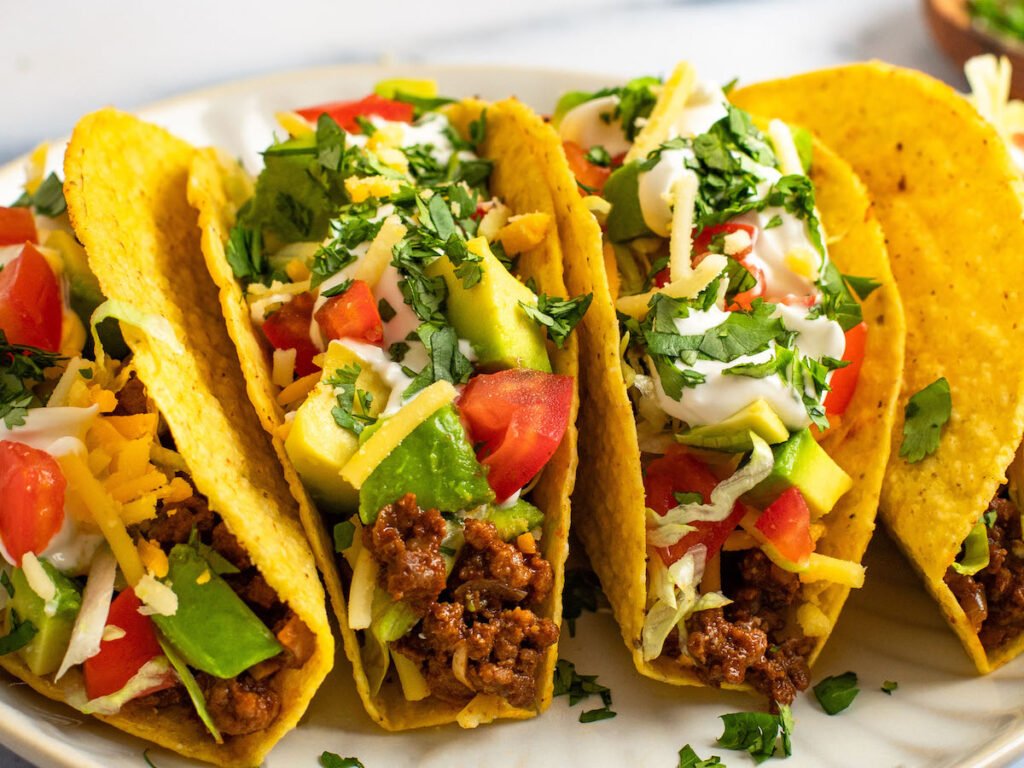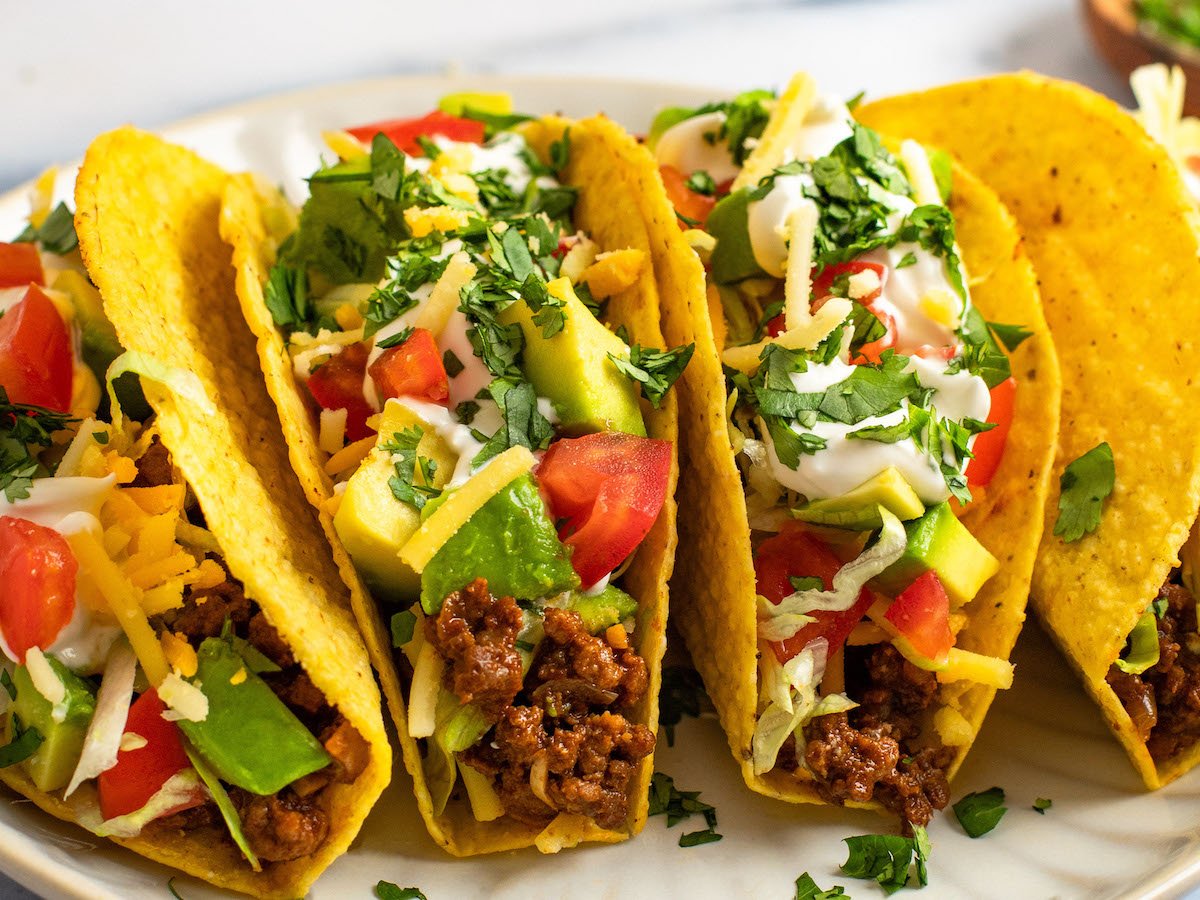
In the colorful world of culinary delights, few dishes boast the same universal appeal, vibrant flavors, and cultural significance as tacos. With their diverse fillings, fresh toppings, and crispy or soft shells, tacos have captured the hearts and taste buds of food enthusiasts worldwide. Join me as we embark on a flavorful journey to uncover the unique charm of tacos, exploring their rich history, culinary significance, and endless variations.
A Heritage of Heritage
The origins of tacos can be traced back to ancient Mesoamerican civilizations, where indigenous peoples in what is now Mexico first began to cultivate maize, or corn. Corn tortillas, a staple food made from ground maize, were a dietary staple, providing sustenance and nourishment to communities across the region.
The earliest known reference to tacos dates back to the 18th century in the silver mines of Mexico, where laborers would wrap meat and other fillings in tortillas to create a portable and convenient meal. These early tacos were simple yet satisfying, often filled with ingredients like beef, pork, or chicken, along with onions, cilantro, and salsa.
As Mexican immigrants brought their culinary traditions with them to the United States in the 19th and 20th centuries, tacos became increasingly popular across North America, where they were embraced by people of all backgrounds and cultures. Today, tacos are celebrated as a quintessential Mexican dish—a flavorful symbol of heritage, tradition, and the joy of shared meals with loved ones.
The Art of Assembly
At its core, tacos are a celebration of freshness, flavor, and creativity—a culinary canvas that invites endless variations and interpretations. The process begins with selecting the perfect ingredients, with options ranging from tender meats and savory seafood to fresh vegetables and zesty salsas.
Once the ingredients are selected, they are assembled atop a warm tortilla, which serves as the foundation of the taco. Corn tortillas are the traditional choice, prized for their earthy flavor and tender texture, but flour tortillas are also popular for their soft and chewy consistency.
As for the fillings, the possibilities are endless. Classic options include carne asada (grilled steak), al pastor (marinated pork), and pollo (chicken), but vegetarian and vegan options like grilled vegetables, beans, and tofu are also widely available. Toppings such as onions, cilantro, lettuce, cheese, and salsa add layers of flavor and texture, while lime wedges and hot sauce provide a final burst of zest and heat.
Variations and Interpretations
While classic tacos are a beloved favorite, there are countless variations and interpretations that add unique flavors and ingredients to the dish. In Mexico, for example, “tacos de pescado” (fish tacos) are a coastal favorite, featuring crispy battered fish topped with cabbage slaw, crema, and salsa fresca.
In the United States, “taco trucks” and “taco stands” have become fixtures of the culinary landscape, offering a wide range of innovative and creative taco fillings. From Korean barbecue tacos with bulgogi beef and kimchi to Thai-inspired tacos with spicy peanut sauce and pickled vegetables, the possibilities are endless when it comes to this beloved street food.
In recent years, gourmet restaurants have also embraced the taco trend, offering upscale versions of the classic dish that feature high-quality ingredients and innovative flavor combinations. From lobster tacos with avocado crema and mango salsa to duck confit tacos with mole sauce and queso fresco, the boundaries of taco creativity continue to be pushed to new heights.
Cultural Significance
Beyond its culinary appeal, tacos hold a special place in the hearts and traditions of cultures around the world. In Mexico, tacos are often associated with celebrations, festivals, and family gatherings, where they serve as a centerpiece for festive feasts and communal meals.
In the United States, tacos have become a beloved part of American cuisine, with taco Tuesdays, taco trucks, and taco festivals becoming increasingly popular across the country. In other parts of the world, tacos are celebrated in their own unique ways, with variations and interpretations that reflect the local flavors and culinary traditions of each region.
Conclusion
In a world filled with culinary delights, tacos stand out as a timeless classic—a culinary fiesta of flavor, freshness, and tradition. Whether enjoyed at a street-side taqueria or a gourmet restaurant, tacos never fail to satisfy the palate and evoke feelings of joy, nostalgia, and camaraderie.
As we savor each flavorful bite of tender meat, fresh vegetables, and zesty salsa, let us not only revel in the deliciousness of tacos but also celebrate their rich history, culinary significance, and endless variations. For in tacos, we find not just a dish, but a cherished tradition—a symbol of heritage, community, and the universal joy of shared meals with loved ones.










